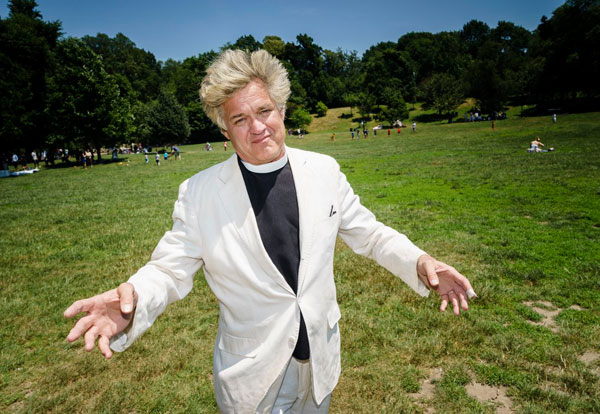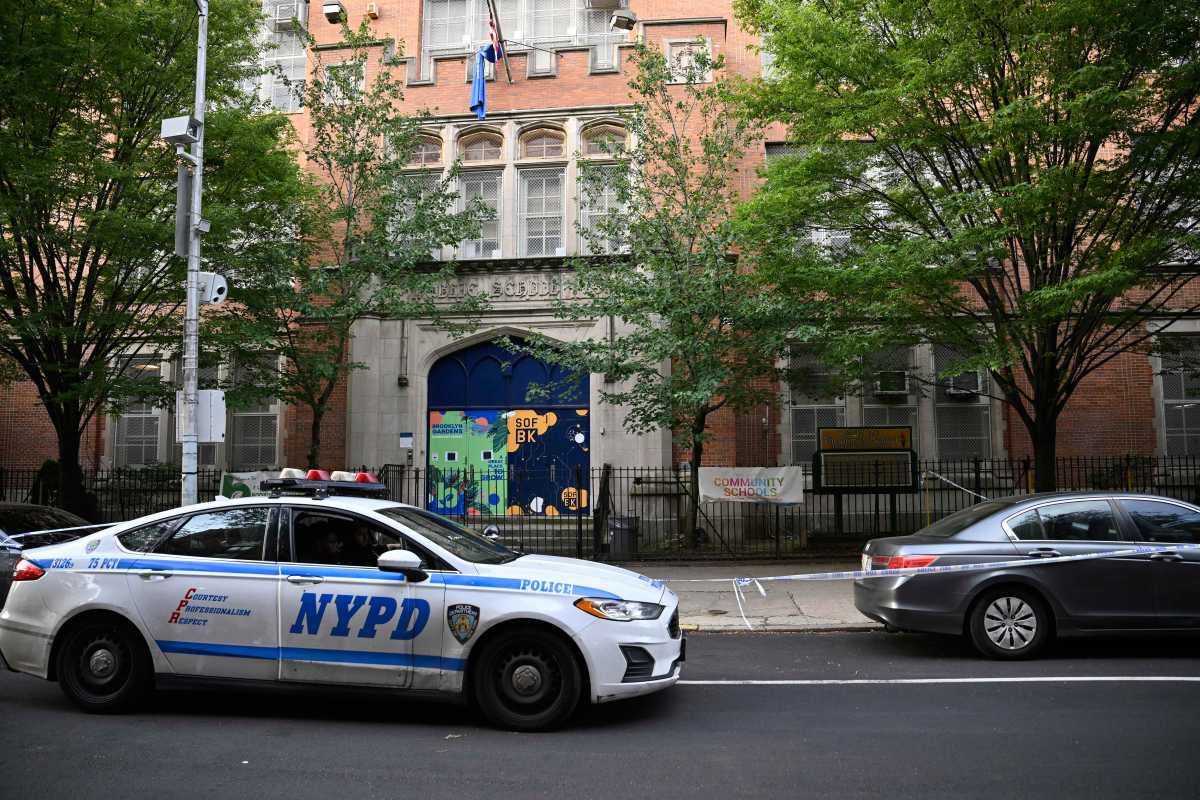Windsor Terrace activist Rev. Billy Talen is preaching a new gospel.
The rabble rouser has turned his attention from consumerism to carcinogens, creating an online map charting the dates and locations that workers have sprayed a potentially cancer-causing weed killer in Prospect Park — and elsewhere — that he says will help other parents keep their kids safe and healthy.
“My main thing is children,” said Talen, who is famed for adopting the persona of a southern preacher to sermonize against societal ills. “It seems to me that these reports are of special concern and should be brought to the attention of parents.”
Talen’s new mission is to spread the bad word about glyphosate — the most commonly used herbicide in the world, and the active ingredient in Monsanto Corporation’s ubiquitous Roundup brand.
Park workers sprayed glyphosates 3,454 separate times throughout the five boroughs between Jan. 2, 2014 and Dec. 20, 2015 — several dozen of them inside Brooklyn’s Backyard — according to two Freedom of Information Law requests Talen filed with the city.
The federal Environmental Protection Agency does not consider glyphosate a carcinogen, but a 2015 World Health Organization analysis found the herbicide is “probably carcinogenic to humans,” and several cities — including Chicago, Ill. and Boulder, Colo. — have banned its use, while the European Union is currently considering a similar veto.
The scientist who spearheaded the analysis has cautioned that it only found the chemical could cause cancer, not that it likely does — and did not assess the circumstances under which that might happen.
“It means you ought to be a little concerned about [glyphosate],” Aaron Blair, a scientist emeritus at the National Cancer Institute, told the New Yorker last year.
But at least one egghead claims the lack of scientific consensus has more to do with government lobbying and privately-funded propaganda campaigns — much like the cover-up of tobacco’s harmful effects — and parents should definitely be freaking out.
“There are billions of dollars involved in glyphosate,” said Dr. Don Huber, a plant pathologist who retired following a 35-year tenure at Purdue University and now tours the country railing against the herbicide. “I remember as a youth when tobacco was promoted as relaxing the nerves and soothing the troubled spirit, and that it was beneficial for health. The same tactics are being used now that were used then.”
Monsanto has long disputed any dangers.
Talen’s map shows most of the Prospect Park spraying has been along Prospect Park West, near the Parks Department’s borough headquarters, although glyphosate was sprayed at least once in Vanderbilt Playground — a block away from Talen’s home, and where he takes his 6-year-old to play.
Talen says his map only gave him the nearest cross-streets for the spraying sites, however, so some that may have taken place throughout the park are marked on the outskirts.
The Prospect Park Alliance, the advocacy group that maintains the parkland, says it only uses glyphosate as a last resort, and first tries to deal with weeds through a variety of non-polluting methods, including hand pulling, mulching, and goats.
“In cases where integrated methods of combating pests and invasive plants fail, New York City Parks policy requires the use of the herbicide Roundup,” said Alliance spokeswoman Grace McCreight. “Roundup is only applied in select areas of the park most at risk of these issues.”
But Talen would like to see it stop altogether — and believes enough evidence exists to warrant it.
“What happened to precaution?” he said. “There are all these studies, let’s not spray this for a while.”
Find the map at www.revbi






















